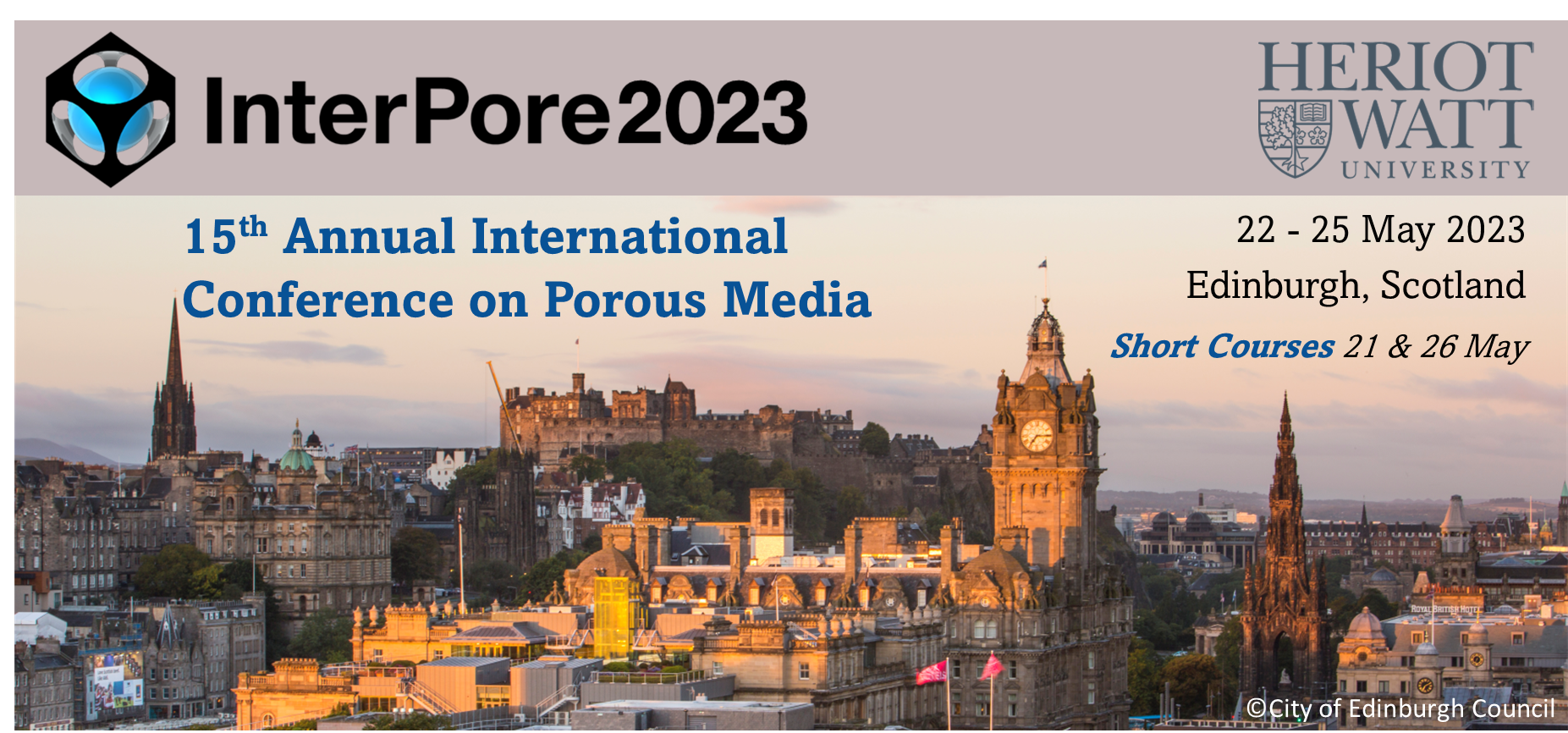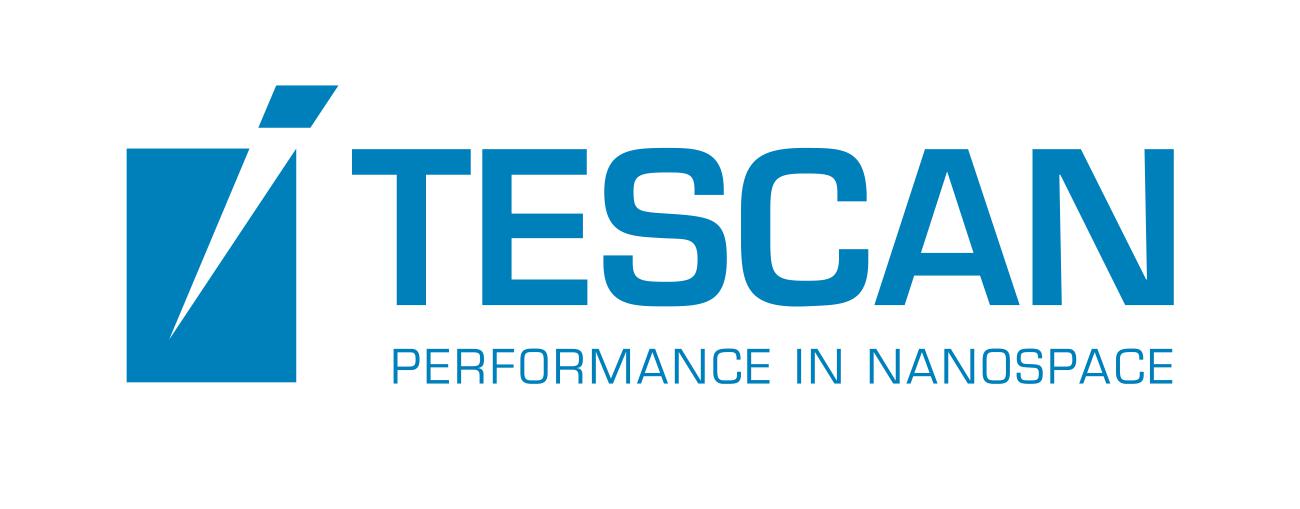Speaker
Description
Recent years have recorded an increase of the rainfall intensity which is met by a reduced infiltration capacity causing severe surface runoff, flooding, and groundwater depletion. Thus, the ecosystem functions of groundwater aquifers are at risk. The project Smart-SWS couples flood protection and drought management by infiltrating flood waves into porous aquifers close by (Flood-MAR). The water held back in flood retention basins is conditioned in the infiltration ditch to meet the quality criteria for groundwater recharge. Laboratory experiments to select suitable materials for the conditioning of the infiltrated waters are run. Here, the focus is on the removal of colloids and particles. As the infiltration is at irregular time intervals, we expect and test extended drying periods. A GIS-based site selection scheme has been developed and applied to select pilot sites. It respects (hydro)geological features as well as all kinds of protection zones and agricultural, municipal, and industrial use cases. To meet the pronounced asymmetry of infiltration (rapid infiltration requires high hydraulic conductivity) and long term storage (works best with low flow velocities) geotechnical measures like sheet pile walls or sand/cement injections are required. The concept is based on a minimum invasive approach: groundwater flow should not change at normal conditions and stagnation of groundwater has to be prevented. A hydrogeochemical model is developed to assess the reactions along the infiltration path and their effects on the integrity and stability of the aquifer.
| Participation | In-Person |
|---|---|
| Country | Germany |
| MDPI Energies Student Poster Award | No, do not submit my presenation for the student posters award. |
| Acceptance of the Terms & Conditions | Click here to agree |







